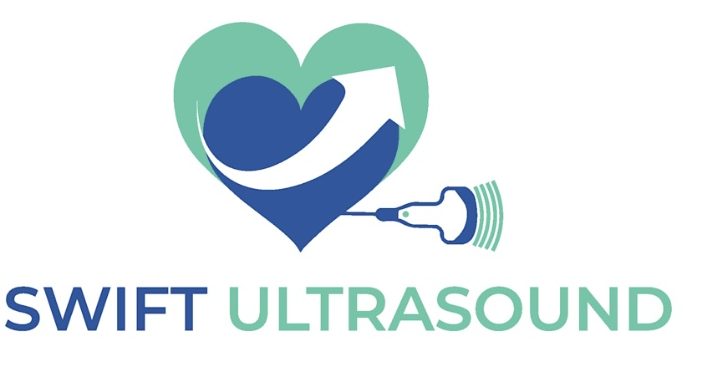Gynaecological Scans
Organs examined in Gynaecological Scans
- Uterus:: Evaluated for size, shape, and position. Ultrasound can detect conditions such as fibroids, polyps, adenomyosis, and congenital anomalies like a septate or bicornuate uterus.
- Endometrium: The lining of the uterus is assessed for thickness and uniformity. Abnormalities may indicate conditions like endometrial hyperplasia or cancer.
- Ovaries: Examined for size, shape, and the presence of cysts, follicles, or tumors. Ultrasound can also assess blood flow to the ovaries using Doppler imaging.
- Fallopian Tubes: Typically not visible unless distended by fluid or pathology. Conditions such as hydrosalpinx or ectopic pregnancy can be identified through ultrasound.
- Bladder: Assessed for wall thickness, masses, or stones. Changes in bladder shape can also be evaluated.
- Cervix: Examined for length, shape, and the presence of abnormalities such as cervical incompetence or masses.
- Adnexa: The area adjacent to the uterus, including the ovaries and fallopian tubes, is evaluated for masses or other abnormalities.
- Rectouterine Pouch (Pouch of Douglas): The space between the rectum and the uterus is assessed for fluid accumulation or other issues.

